Although at least 60 percent of Israeli population is fully vaccinated, the country is experiencing a new outbreak, with the highly contagious Delta virus accounting for around 90 percent of all new infections.
Given that in Switzerland only 34.1 percent of people have received both shots of the vaccine, is Israel’s epidemiological situation an ominous sign for our country?
This question is even more pertinent, considering that almost all coronavirus-related restrictions were lifted in Israel at the beginning of June, and the number of infections started to rise soon after.
“Under the circumstances, Israeli officials are worried that without restrictions being reimposed, the arrival of the variant to Israel might spell a similar jump in new cases among unvaccinated people and even among those who are”, according to an article in Israeli newspaper Haaretz.
In Switzerland, the easing started on June 26th. There is no sign of a new wave yet, but health experts predict this will likely happen by autumn.
“The Delta will become dominant in our country within four to six weeks”, said Urs Karrer, vice-chairman of the Covid-19 Task Force.
READ MORE: How Switzerland plans to contain the Delta variant
At this point, there is no talk of implementing the restrictions again, though some measures, like more testing, and more rigorous contact tracing, will likely have to be strengthened.
In Switzerland, the hopes of avoiding another outbreak are pinned on the vaccination campaign, especially since the Moderna and Pfizer / Biontech vaccines used here are believed to prevent most variants known to date.
However, Israel vaccinated its population with Pfizer as well.
So what went wrong in Israel and could it happen in Switzerland as well?
Israeli Covid Commissioner Nachman Asch attributed the increase in the number of cases mainly to travellers who didn’t follow quarantine rules upon arriving in Israel from abroad.
“People breaking quarantines is our common problem – this is how the coronavirus is spreading right now”, he said, according to Watson news platform.
Unlike Israel, Switzerland no longer requires vaccinated travellers to quarantine, or even test for Covid.
Only those from high-variant countries — currently Brazil, Canada, India, South Africa, Nepal, and the UK — who are not vaccinated or recovered from the disease (and able to prove it) must quarantine for 10 days.
And, there are no readily-available figures on how many people break their quarantines (or don’t quarantine at all), as statistics are kept by each individual canton, and not on federal level.
How this correlates with the Israeli situation is difficult to assess and will probably become clearer toward the end of the summer, when people who vacationed abroad will return to Switzerland.
This is what we know so far, based on comments from Swiss health officials:
“The lifting of measures combined with holiday travel to and from Switzerland, constitute an “explosive mixture in the diffusion of the Delta variant”, according to Andreas Cerny, epidemiologist at the University of Bern.
It is expected that the virus will spread mostly to those who are not vaccinated and, to a lesser degree, to people who have only had one shot of the vaccine.

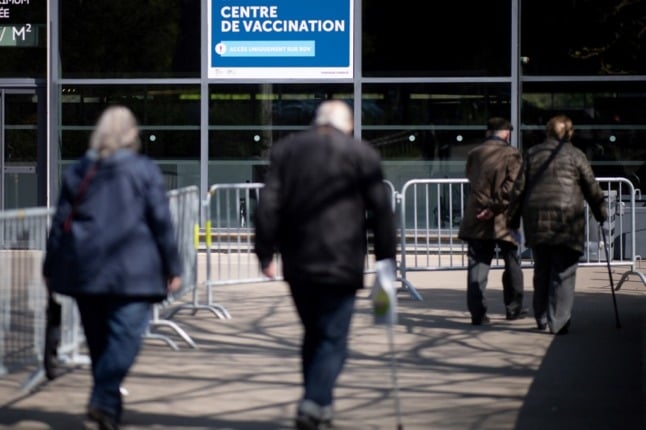
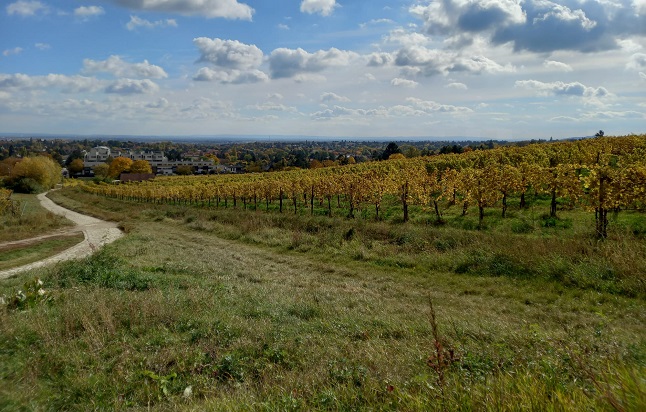
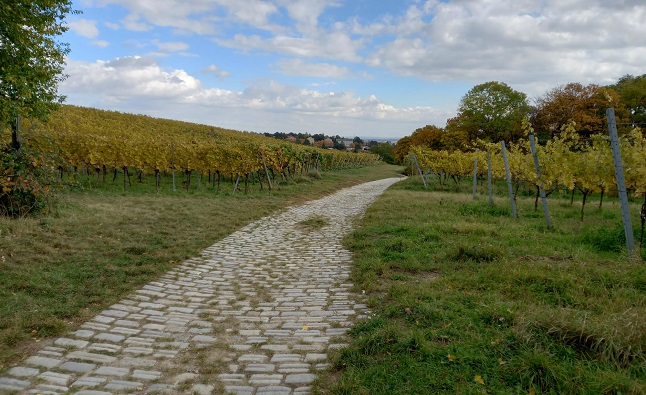
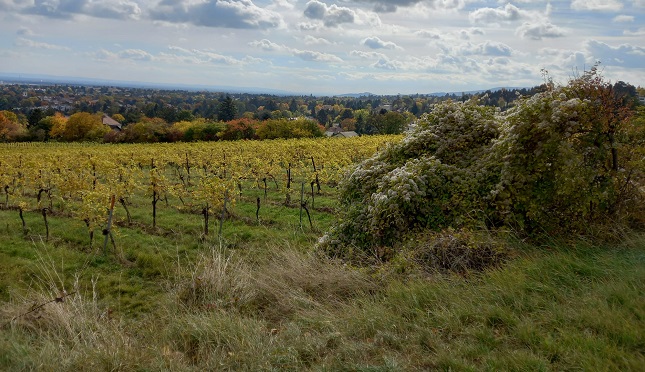

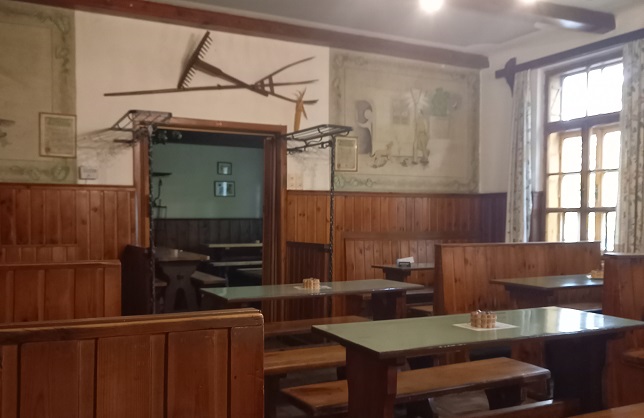
 Please whitelist us to continue reading.
Please whitelist us to continue reading.
Member comments